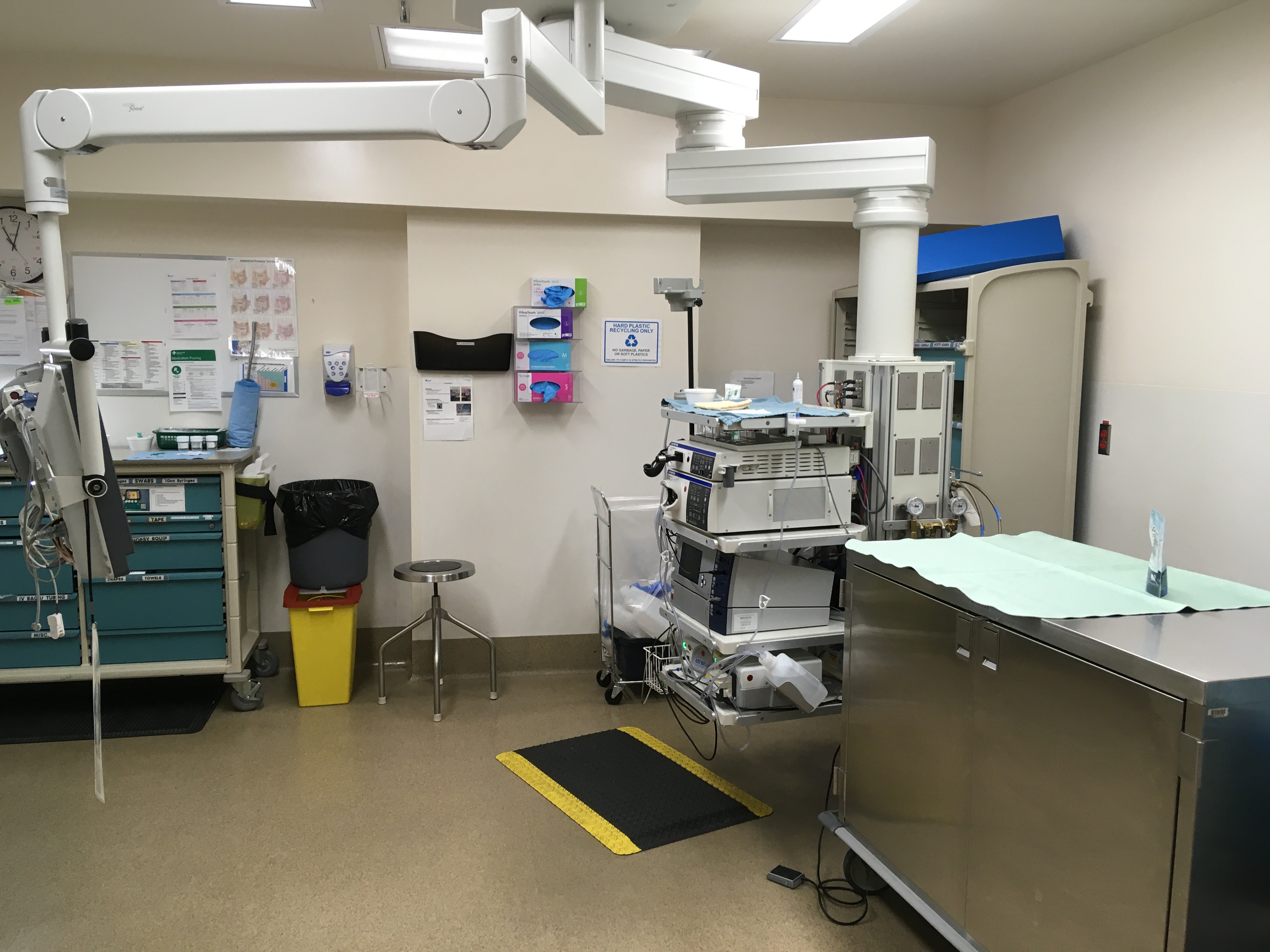
Innovative stomach cancer procedure earns high praise from Grande Prairie patient
A minimally invasive procedure to treat early-stage stomach and intestinal cancer is now being done at the Royal Alexandra hospital in Edmonton.
The procedure is being done by a team at the hospital, led by Dr. Clarence Wong.
Chris Partington, a Grande Prairie man, says that he was given the option of having the endoscopy instead of more typical options for those with these forms of cancer.
“I was diagnosed with stomach cancer, and the original decisions from the surgeons was to do a bisection of the stomach, or even a stomach removal in order to remove the cancer. I wasn’t crazy about that, and they (the surgeons) did tell me and introduced me to Dr. Wong, and he had been doing this new type of procedure.”

